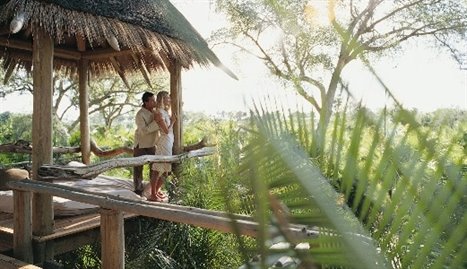The term Halloween, originally spelled Hallowe’en, is shortened from All Hallows' Even – e'en is a shortening of even, which is a shortening of evening. This is ultimately derived from the Old English Eallra Hālgena ǣfen. It is now known as "Eve of" All Saints' Day, which is November 1st.
History of Halloween
Halloween is an annual holiday celebrated on October 31 every year by children and adults alike. Its roots began with the Celtic festival of Samhain (a festival held at the end of the harvest season which was linked to celebrations held around the same time in other Gaelic cultures, and it was intimately connected with supernatural activity). The celebration has some elements of a festival of the dead. The ancient Celts believed that the border between this world and the Otherworld became thin on Samhain, allowing spirits (both harmless and harmful) to pass through. The family's ancestors were honored and invited home whilst harmful spirits were warded off. It is believed that the need to ward off harmful spirits led to the wearing of costumes and masks. Their purpose was to disguise oneself as a harmful spirit and thus avoid harm. In Scotland the spirits were impersonated by young men dressed in white with masked, veiled or blackened faces. Samhain was also a time to take stock of food supplies and slaughter livestock for winter stores. Bonfires played a large part in the festivities. All other fires were doused and each home lit their hearth from the bonfire. The bones of slaughtered livestock were cast into its flames. Sometimes two bonfires would be built side-by-side, and people and their livestock would walk between them as a cleansing ritual. Another common practice was divination, which often involved the use of food and drink. A similar festival was held by the ancient Britons and is known as Calan Gaeaf (pronounced kalan-geyf).
Halloween is also associated to the Christian holy day of All Saints (commemorates the departed faithful who have not yet been purified and reached heaven) now known as "Eve of" All Saints' Day, which is November 1st a time of pagan festivities, Popes Gregory III (731–741) and Gregory IV (827–844) tried to supplant it with the Christian holiday (All Saints' Day) by moving it from May 13 to November. It is largely a secular celebration but some have expressed strong feelings about perceived religious overtones. In the 800s, the Church measured the day as starting at sunset, in accordance with the Florentine calendar. Although All Saints' Day is now considered to occur one day after Halloween, the two holidays were once celebrated on the same day.
The predominant colors of black and orange have become associated with the celebrations of Halloween, perhaps because of the darkness of the night and the color of fire or of pumpkins, and maybe because of the vivid contrast this present for merchandising. Halloween activities often include trick-or-treating, wearing costumes and attending costume parties, ghost tours, bonfires, visiting haunted attractions, pranks, telling scary stories, and watching horror films.
Trick or Treat
Trick-or-treating has become a customary celebration for children on Halloween. Children and Adults dress in costumes of all shapes, colors and themes and go from house to house, asking for treats such as candy or sometimes money, with the question, "Trick or treat?" The word "trick" refers to a (mostly idle) threat to perform mischief on the homeowners or their property if no treat is given. In some parts of Ireland and Scotland children still go guising. In this custom the child performs some sort of show, i.e. sings a song or tells a ghost story, in order to earn their treats.
Costumes
Halloween costumes that are worn today are traditionally those of monsters such as ghosts, skeletons, witches, devils... The Celts of the past said costumes were used to scare off demons. Costumes today are also based on themes other than traditional horror, such as those of characters from television shows, movies, and other pop culture icons.
































